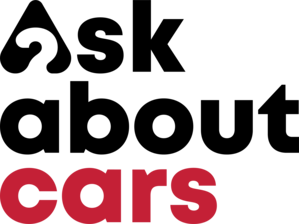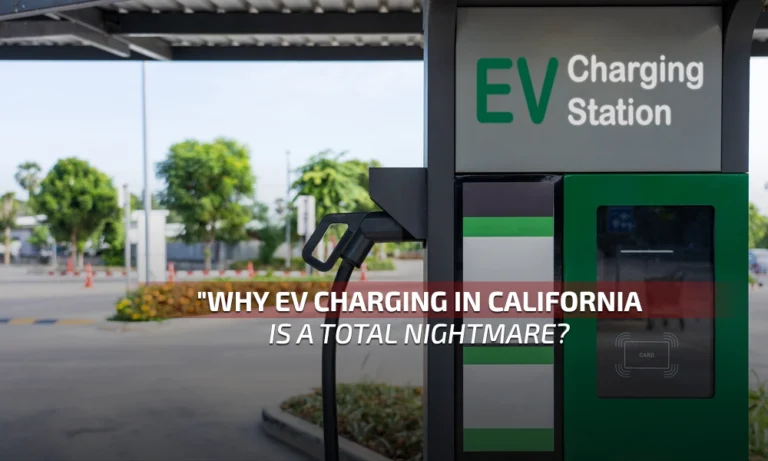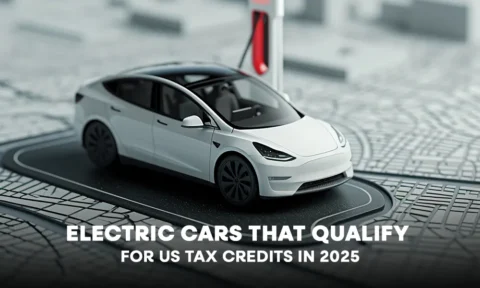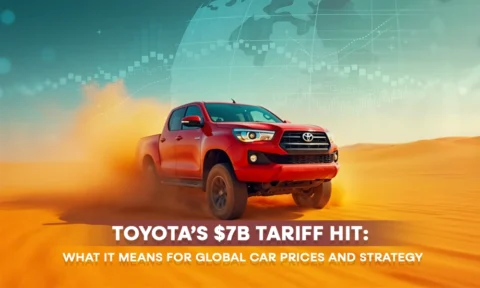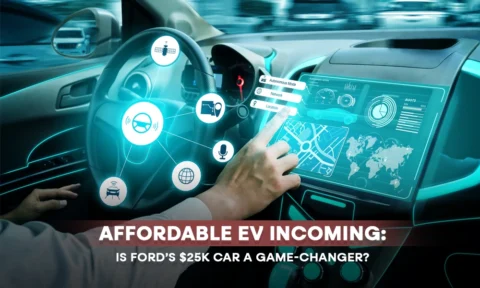California leads the U.S. in electric vehicle adoption—but that doesn’t mean every charge is smooth.
If you’ve ever pulled into a busy lot, found three out of five chargers broken, or struggled with an app that just won’t connect, you’re not alone.
For many California EV drivers, charging station issues are a frustrating part of the experience.
In a state investing billions into clean energy, it’s strange how often these problems show up.
I’ve experienced it myself on a road trip from LA to San Diego—station offline, app frozen, no one to call. So, what’s really going wrong?
Key Issues at California EV Charging Stations
1. Out-of-Service Chargers
You pull up with 5% battery and see the dreaded “Out of Order” sign. Unfortunately, it’s not rare. Public chargers in California—especially fast-charging stations—are often poorly maintained. According to a UC Berkeley study, 1 in 4 charging stations in the Bay Area were non-functional at any given time.
Why it matters: You can’t always count on your app’s map being up to date. Sometimes stations appear “available” but fail mid-session or don’t work at all.
2. Long Wait Times in Urban Areas
In high-density zones like San Francisco, Los Angeles, or San Diego, the biggest issue might be overcrowding. Tesla Superchargers tend to be more available, but other networks like EVgo or ChargePoint often see long queues—especially during peak hours.
Real talk: If you’re driving a non-Tesla EV, expect delays on holidays or weekends. And yes, people do hog the charger long after their car hits 100%. It’s better to get a home charger instead of waiting in line.
3. Connectivity and App Failures
Most EV stations rely on mobile apps for payment and activation. But spotty cell coverage and buggy apps can bring the whole process to a halt.
I once stood in a parking garage in Downtown LA for 20 minutes trying to get a ChargePoint session to start. App crashed. Phone overheated. Charger froze.
Pro Tip: Always keep a backup charging network RFID card (like Electrify America or EVgo). Don’t rely solely on your phone.
4. Incompatible Charging Plugs
If you own a non-Tesla EV, you know the CHAdeMO vs CCS vs NACS drama. Some stations still lack compatibility across all plug types, which means you can end up parked… but powerless.
What’s changing: California is gradually adopting Tesla’s NACS as a standard, but as of 2025, full implementation is still a work in progress.
What California Drivers Can Do
Use Real-Time Station Review Apps
Before heading to a charger, check apps like PlugShare or ChargeHub for user reviews. They often give live feedback on charger status, line length, and whether the unit is actually working.
Avoid Isolated Stations
Try to use EV charging stations near shopping centers or public areas where maintenance is more frequent. Avoid back-alley lots or remote city outskirts.
Keep Charging Flexibility in Mind
Don’t plan road trips that leave you with no margin. Even in EV-friendly states like California, EV infrastructure is still catching up to demand.
The Bigger Picture: Is California Falling Behind?
Ironically, California’s early adoption of EVs might be part of the problem. The network is overloaded.
While the state promises 250,000 chargers by 2026, they’re racing against increasing demand.
EV drivers in Los Angeles, San Diego, and San Jose are now pushing for better legislation around charger uptime guarantees and minimum maintenance standards.
So if you’re struggling with EV charging station issues in California, you’re not just unlucky—you’re part of a system that’s still growing up.
The most frequent issues include broken or offline chargers, app malfunctions, long wait times, and lack of plug compatibility—especially at non-Tesla stations.
Many stations lack regular maintenance. Public charging providers also face software glitches and vandalism, which can go unresolved for days or weeks.
Use apps like PlugShare for real-time reviews, avoid isolated stations, and always have a backup RFID card in case your app fails.
Yes, Tesla’s network tends to be better maintained and more numerous, especially in urban areas. However, they’re limited to Tesla vehicles or adapters for now.
Yes, the state is investing heavily in expanding and modernizing its EV charging infrastructure, but improvements may be uneven based on region.
